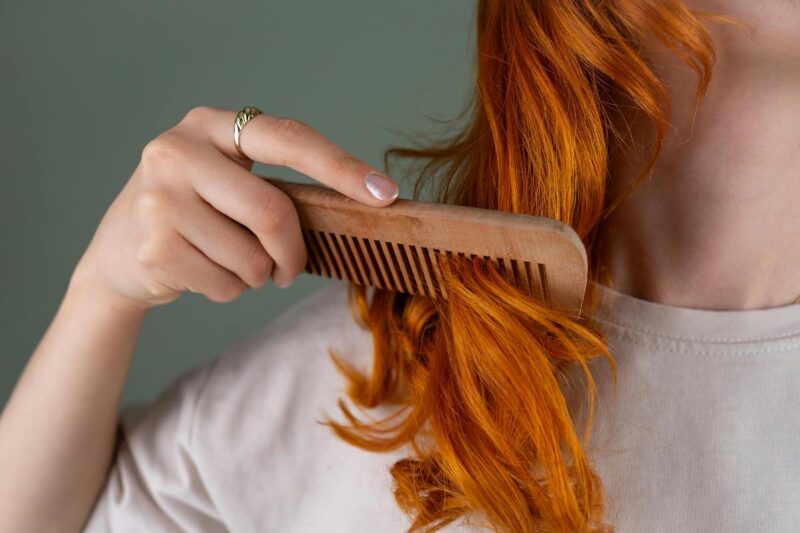The desire to change your look, to express your personality, to hide your (first) white hair: whatever the reason, hair colouring is one of the easy and affordable cosmetic procedures that can quickly change our appearance.
Chemical hair colouring as we know it dates back to the early 20th century. Since then, formulations have evolved to meet both consumer expectations and regulatory requirements.
Today, colouring your hair is a common practice in salons and at home, across all generations. Men are getting in on the act more and more. Permanent, semi-permanent or temporary colouring or highlights, you can do it all and choose the most original colours or prefer the natural tone-on-tone look.
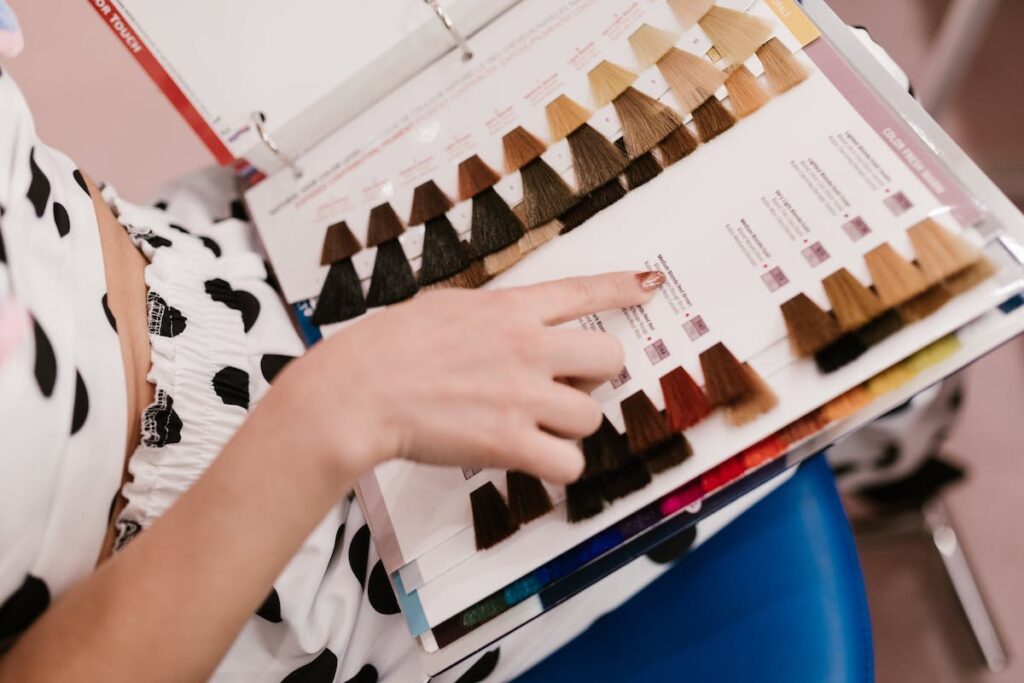
Find your colour
But just because it's common practice doesn't mean it's safe for your hair and scalp. Let's take a look at the possible risks involved in colouring your hair.
Chemical hair colouring vs. vegetable hair colouring
Before discussing the composition of these 2 processes, it's important to understand that each technique acts differently on the hair, and that's really the key point.
Chemical or synthetic colouring is the result of an oxidative process that opens the hair scales (the cuticle) to allow the pigments (the colour) to penetrate to the heart of the fibre.
Plant-based hair colours: they act differently, since the preparation (water + powdered plants) coats the hair fibre, attaches to the hair and sheathes it.
It's easy to see that the impact on hair health will vary depending on the colouring technique chosen.
And bleaching: what are the consequences for the hair?
If you want to go from a dark colour (natural or not) to a much lighter colour, chemical bleaching is essential. As with chemical colouring, the hair scales are opened. The aim is to completely destroy the hair's pigmentation so that it can then be re-coloured. Ammonia and hydrogen peroxide (oxygenated water) make up this preparation with irreversible results: the hair becomes transparent. Depending on the starting colour, the pause time and concentration differ, but the result is the same: the keratin is irreparably damaged.

Bleaching hair: an irreversible process
Do chemical colours make your hair fall out?
Just reading about the ingredients in chemical colours could be enough to make our hair fall out in horror! However, there's no need to be paranoid: some ingredients are certainly controversial, but the regulatory requirements are strict and protect consumers and their locks! What's more, the growing demand for less harmful, more natural products - in cosmetics as elsewhere - is prompting brands to innovate in order to offer their customers products that are safe and as non-aggressive as possible. The trend is to combine colour and care, so that people no longer dye their hair just to conceal it, but to assert themselves and make their hair more beautiful.

Colour to express your personality
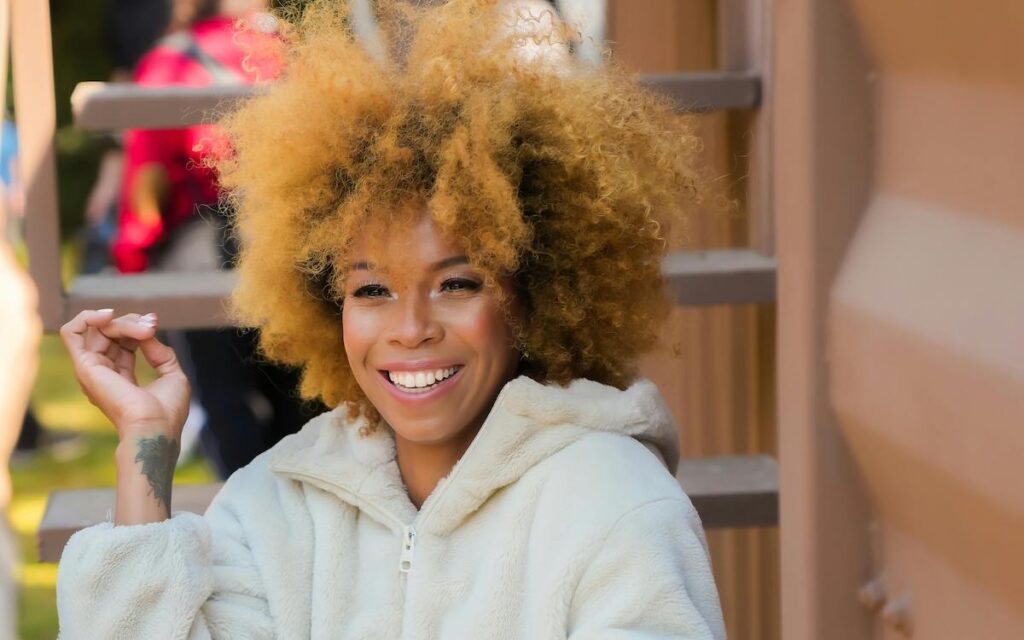

The main chemical agents used for hair colouring are :
- ammonia: combined with hydrogen peroxide, it opens the scales of the hair to alter its very structure. Extremely corrosive not only for the hair fibre, but also for the skin, eyes and - if inhaled - the lungs.
- hydrogen peroxide; in very high concentrations, the product is corrosive, harmful to the skin (scalp), eyes and respiratory tract
- resorcinol: considered to be an endocrine disruptor, its role is to bring new pigmentation to the hair
- Paraphenylenediamine (PPD): helps colour to last longer. Can cross the skin barrier and is likely to promote the emergence of certain cancers if used frequently and regularly.
- parabens: recognised as endocrine disruptors, several of these are completely banned.
- toluene: a particularly irritating solvent that can cause allergies
All these chemicals are dangerous in high doses and concentrations. They are not used pure in hair colouring products, either at your hairdresser's or in products available from supermarkets. However, it is advisable to carry out a sensitivity test beforehand.
The dangers of chemical colour for the hair and scalp
BREAKAGE
- Rather than massive hair loss, we'll mainly see breakage (pieces of hair) because the core of the hair fibre is damaged and the keratin is shattered. The hair is weakened, particularly at the ends, especially if the colour is applied frequently and repeatedly. That's why we recommend not systematically lengthening the colour, but only touching up at the roots in the first few centimetres of regrowth. As far as possible, we try to space out colour applications (maximum 1 per month).
- Chemically-coloured hair also becomes thinner, so you instantly lose hair density. Finer hair means more fragile hair, prone to breakage when brushed, for example.
DEHYDRATION - SENSITIVITY
Sensitive to external aggressions once the scales have opened, hair becomes brittle and drier.
ALLERGIC REACTIONS
- the scalp is a hyper-sensitive area because it is highly vascularised (numerous blood vessels run along its surface) and, as such, allergic reactions are common: skin rashes, redness, irritation and itching, or even scalp burns that can lead to scarring alopecia.
- The fumes from these products can cause respiratory problems. Hairdressers, for example, are in direct and repeated contact with these chemicals.
PRECAUTIONARY PRINCIPLE
- Obviously, no chemical colouring during pregnancy
Plant-based colours: are they really harmless to our hair?
Even if you're addicted to going natural, not everyone is ready to proudly display their greying locks. If that's the case, why not turn to plant-based dyes?
In theory, vegetable hair dye consists of water and dye plants, but beware: some preparations contain preservatives or fixatives that are not always harmless.
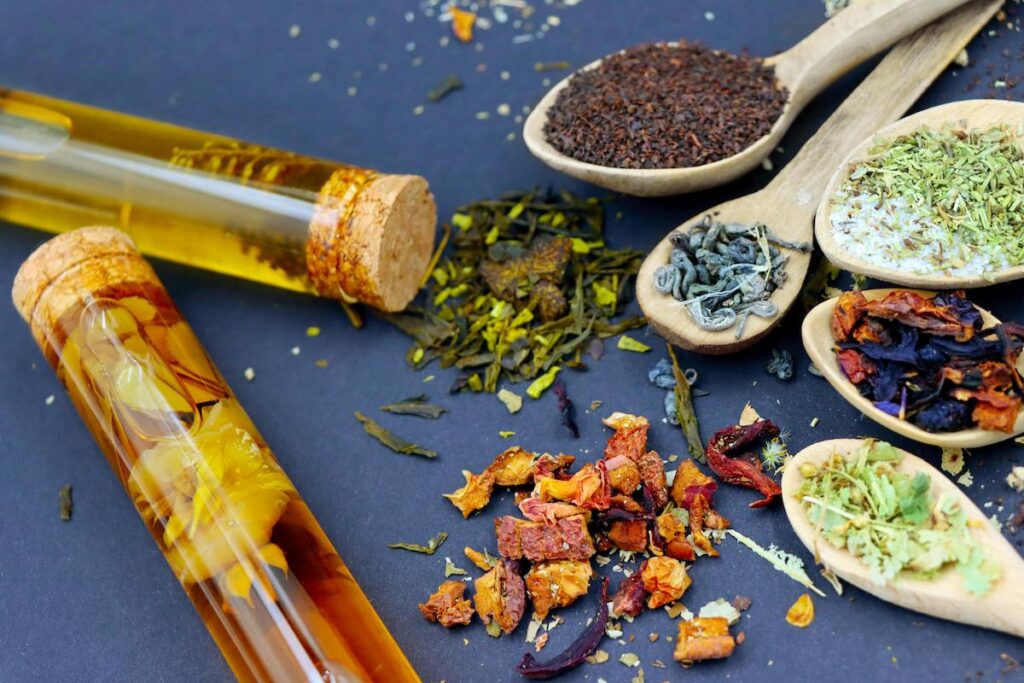
Healthy hair with natural highlights thanks to plants
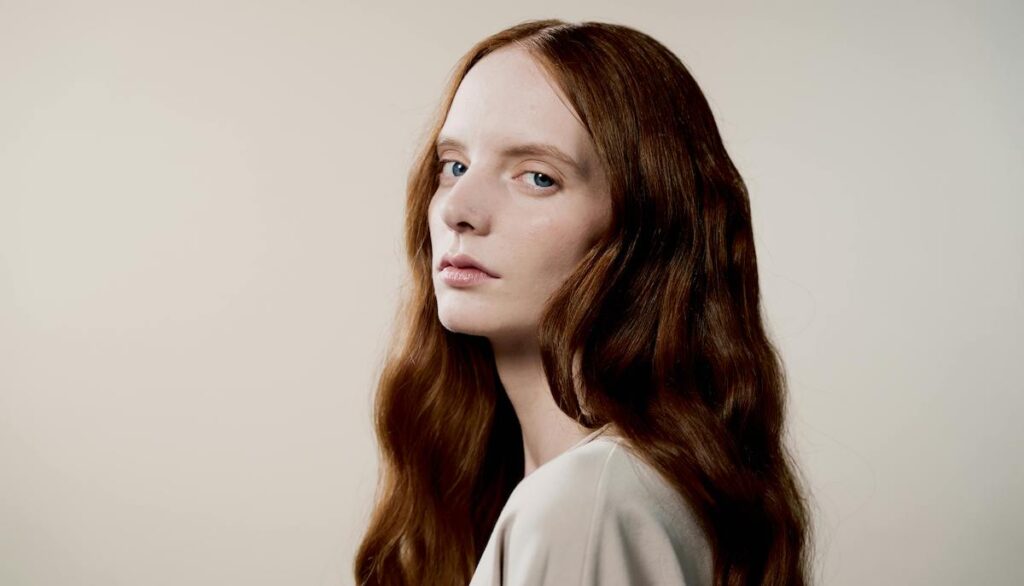
However, it's fair to say that the vegetable colouring process is infinitely gentler and even beneficial for the hair. Instead of destroying the keratin, the preparation coats each hair and protects it naturally - it's a real treatment. However, some plants can cause skin allergies.
The final result can be disappointing, as it depends on the nature of the hair and its pH. Some blends can dry out the hair, and it's essential to "think care" after a plant-based colour. Another disadvantage is that the colour can take up to several hours to take effect. Finally, even though the range of colours is now vast, it's best to stick to shades that are close to the hair's natural colours: no bold colours or platinum blondes.
And henna? a priori, henna has it all. It is a genuine beauty treatment that has been appreciated for thousands of years. Anti-fungal, it purifies the scalp, beautifies, strengthens and protects the hair.

Not all henna is created equal
A distinction is made between neutral henna, which does not colour: Cassia obovata, and natural henna with colouring power: Lawsonia inermis. Additives, heavy metals and other preservatives can be added to hair powders. Highly harmful to health, some ingredients can cause serious allergies. A major undesirable effect that is often underestimated: in the long term, henna ends up stiffening the hair fibre, making it brittle and resistant to any nourishing care.
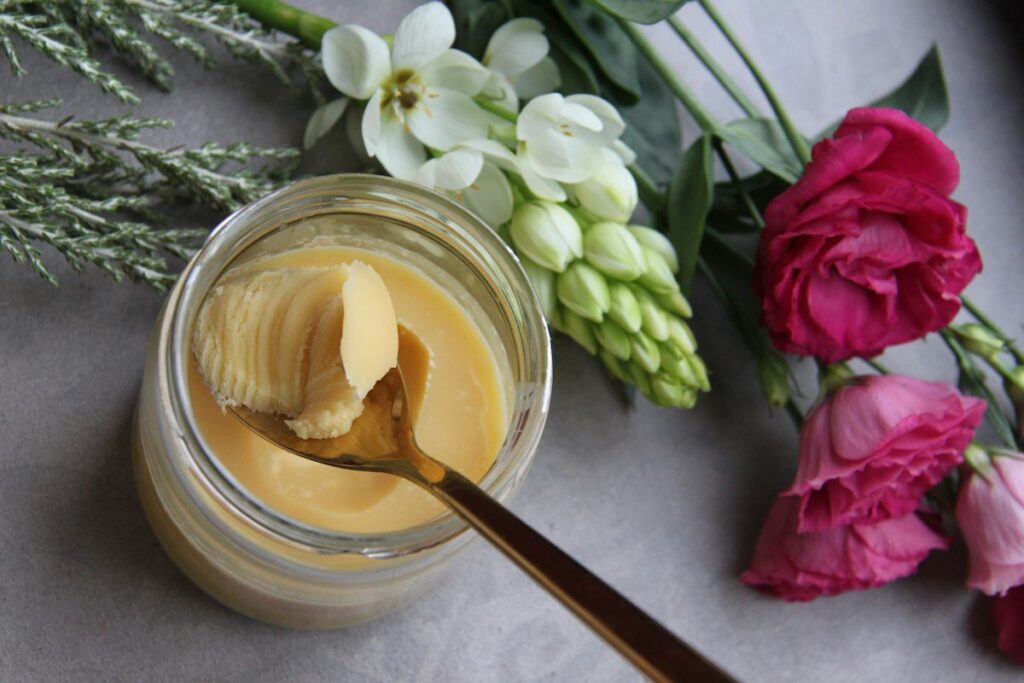
The importance of taking care of coloured hair
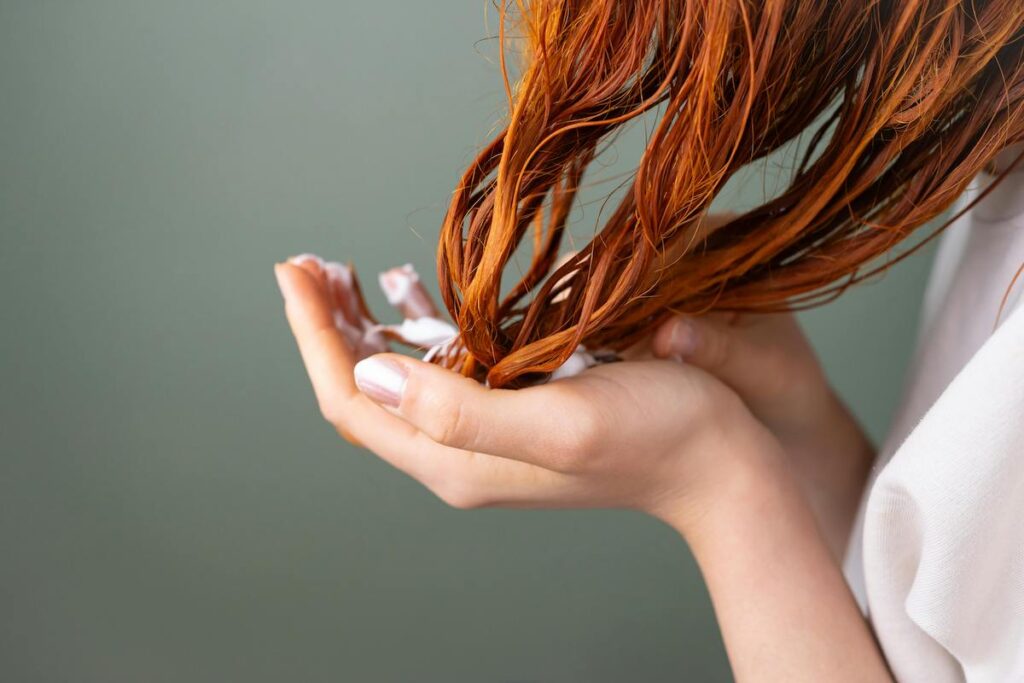
Hair breakage, loss of hair mass, damaged keratin, dry, devitalized lengths, split ends, not to mention a sensitized scalp... in short, the consequences of hair colouring, whether chemical or plant-based, are not insignificant for the hair and scalp. The risks are certainly greater with chemical formulations, but in all cases there's one golden rule: care at all costs! By incorporating repairing masks and nourishing creams into your hair routine, you can guarantee vibrant colour and healthy, supple, shiny hair for a long time to come.

